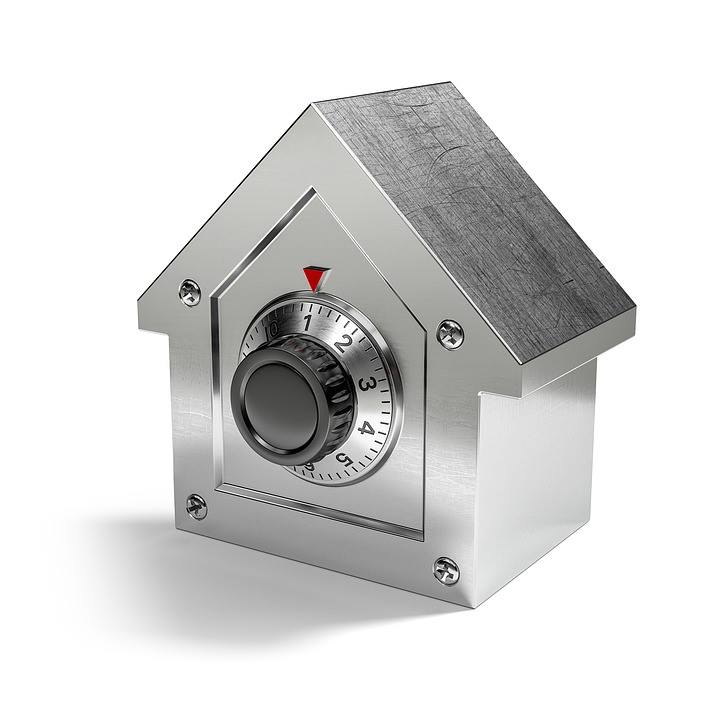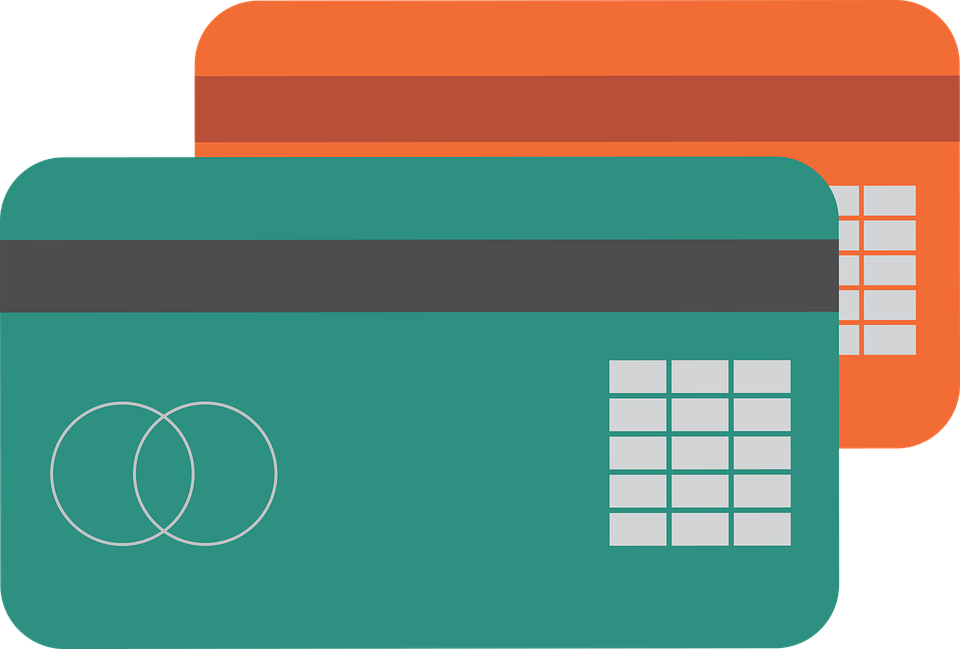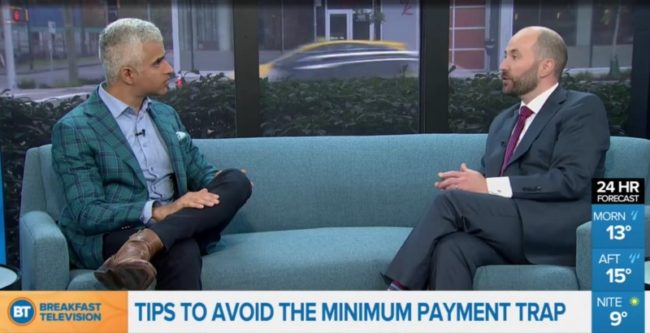Deciding to take proactive measures to get out of debt is an important step in taking charge of your financial future. Unfortunately, some actions can have unforeseen consequences and ultimately cause setbacks in meeting your debt-free goals.
November is Financial Literacy Month in Canada and in keeping with this year’s theme of “take charge of your finances” debt help expert Blair Mantin, a Vancouver-based Licensed Insolvency Trustee and Vice-President of Sands & Associates shares some key mistakes he often sees consumers make when tackling their debts.
Watch the clip here and read more below:
When working towards debt freedom, here are five mistakes not to make in dealing with your debts:
-
Cashing in Your RRSPs
Withdrawing RRSPs that are sitting in the bank can seem like a great way to pay off a chunk of your debt, but in reality paying down debts with RRSPs often creates a new set of problems. Here’s why:
- You’ll be taxed on the RRSP withdrawal, so the actual net proceeds of redemption are often substantially less than what you’d expected.
- It’s difficult to replace the money/savings you’ll need for retirement (which will come sooner than you think)!
If you’re concerned about redeeming (and spending) an RRSP before a creditor with an overdue debt can get ahold of it, don’t be. RRSPs are exempt from seizure and no creditor can force you to cash them in.
Bankruptcy Protects your Assets – Learn Why
-
Getting Co-Signed Credit
While not always a mistake, consumers should carefully consider before using a debt consolidation loan or line of credit that requires a co-signer (or requires you to pledge an asset as collateral). Consider the following:
- If something happens and you’re unable to pay the debt off per the lending agreement, you’ve just given that creditor another person (or an asset) to collect from.
- Having a co-signed debt when you’re struggling to manage your existing debt can add a layer of pressure to an already stressful situation, and you can only draw on equity in your home so much.
- If consolidation is the best solution, evaluate whether a Consumer Proposal consolidation option might make more sense. No co-signer or assets are needed, and your credit history isn’t a factor for eligibility.
If you’re asked to co-sign for someone else it’s important to understand that in the event the other person doesn’t pay you will be responsible for paying 100% of the remaining balance – not half.
Learn More about How Consumer Proposals Work
-
Taking Unprofessional Advice
Interpreting your rights and remedies when it comes to debt can be complicated and taking advice from well-meaning but misinformed family, friends or even lenders can have serious financial (and legal) consequences.
- In Canada only a Licensed Insolvency Trustee is legally endorsed and empowered by the federal government to offer debt advice and legal debt solutions to consumers.
Always learn the facts for yourself from a reputable and accurate source! The law is an ever-changing body of statutes and precedents.
What to Expect Getting Debt Advice from a Licensed Insolvency Trustee
-
Hiding the Problem
Many people feel embarrassed about having a debt problem and try to keep their situation to themselves. Debt-stress is very real and the mental and physical impacts of dealing with debt can be difficult to cope with on your own – seek help as early as possible.
- If you’re struggling to manage debt know that you are not alone – Licensed Insolvency Trustees help thousands of people across the country each year.
Don’t hide debt from your spouse or partner, this often just aggravates the situation which will eventually come to a head.
Understand the Difference Between Consumer Proposals and Bankruptcy
-
Falling into the Minimum Payment Trap
It’s important to recognize that only being able to make your minimum monthly payments (or only slightly more) means you’re likely stuck in a debt repayment cycle that can take decades to break.
- Don’t fall into the minimum payment trap and become complacent – you’ll either need to devote more of your budget towards paying off the debt or investigate other debt solutions like a Consumer Proposal or other type of consolidation strategy.
Check your credit card statement to see just how long it could take you to pay off your balance with only minimum payments – with an interest rate of 18% a balance as low as $1,000 could take 10 years to pay off.
For more information about strategies to pay off your debt, or to work with a debt expert to get a plan to become debt-free book your free debt consultation with a local BC Licensed Insolvency Trustee at Sands & Associates today. We’re here to help you get a financial fresh start!






